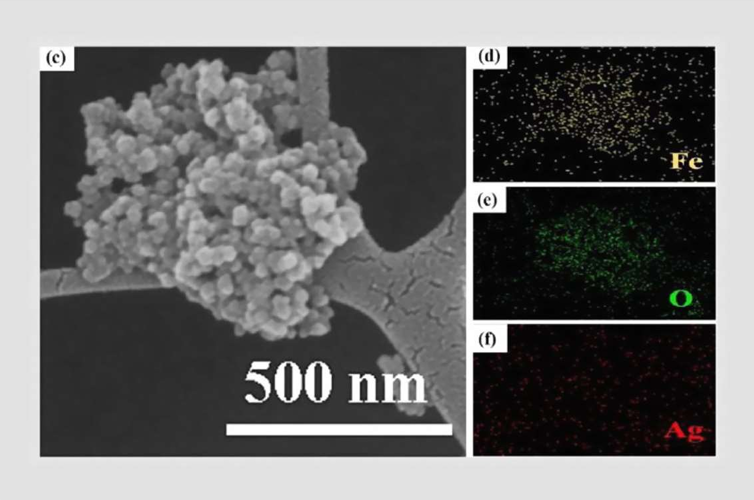
The natural residual concentration of mercury in cosmetics in China is 1 ppm, but the Institute of Biomedical Photonics, Yang Ming Jiaotong University has successfully used magneto-plasmonic nanoparticles in combination with laser light, and surface-enhanced Raman scattering (SERS) to reach the measurement limit of 2 ppb. SERS) to reach the measurement limit of 2 parts per billion (0.2 ppb). This technique has the potential to bring a more convenient approach to heavy metal detection.
The Food and Drug Administration prohibits the addition of heavy metal mercury to cosmetic products except for natural residues, but because mercury inhibits the activity of tyrosinase in the skin and reduces melanin production, there are still unscrupulous operators who add mercury to them. Therefore, the heavy metal content of cosmetic whitening products has been the focus of inspection. However, most of these heavy metal tests can only be done in laboratories using huge instruments such as mass spectrometers.
The principle of Raman Spectroscopy, where the wavelength of light scattered into an object differs from the original wavelength, depending on the material of the object, has been considered to have potential for material analysis. However, the scattered signal is small and often disturbed by the light emitted from the object itself after illumination, making the signal difficult to resolve.
(1).jpg)
To overcome this problem and make the theory applicable in practice, a common method is to cover the sample with a metallic substrate, i.e., a Surface-Enhanced Raman Scattering Substrate. Prof. Surojit Chattopadhyay, M.S., M.S., and Dr. Akash Gupta of Institute of Biomedical Photonics, Yang Ming Jiaotong University (YJTU), fabricated iron oxide nanoparticles and coated them with a layer of metallic silver, and used a magnet to make the iron oxide nanoparticles aggregate.
This technique of using laser light to combine nanoparticles to enhance Raman spectroscopy through surface enhancement has been used to measure the natural residue of mercury in commercially available whitening cosmetics, and it can detect the limit of mercury ion concentration up to 2 ppb (0.2 ppb), which is much lower than the current requirement of 1 ppm in Taiwan. This shows that this technology is not only more sensitive in detection but also has the potential to be applied to detection.

Professor Sitt said that if cosmetics contain heavy metals, they may be poisoned by long-term trace absorption through the skin. Although today's heavy metal detection methods are accurate, they require a large number of samples and professional technicians to operate in the laboratory. The process of using Raman spectroscopy to detect substances is simple and fast, as long as the light can be irradiated substances can be detected, including solids, liquids, gases, etc..
Many scientists have invested in the development of nanosubstrates for surface-enhanced Raman scattering in the hope that this theory can be put into industrial applications. This time, Yang Ming Jiaotong University has successfully found a nanoparticle that can amplify Raman signals and be used for detecting cosmetics by wrapping iron oxide with a silver coating; how to steadily regulate the structure of metal nanoparticles and create a reusable substrate is a challenge for future commercialization. This study was published in 2021 in Sensors and Actuators B: Chemical, No. 337, an important journal for photoelectric sensing technology.
Source: Laser light + metal nanoparticles push the limit of mercury detection to 0.2 ppb at Yang Ming Jiaotong University - NYCU National Yang Ming Jiaotong University
